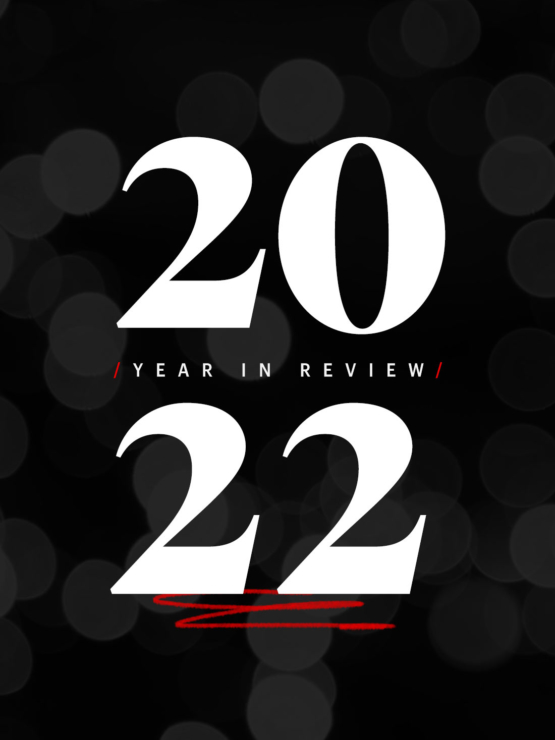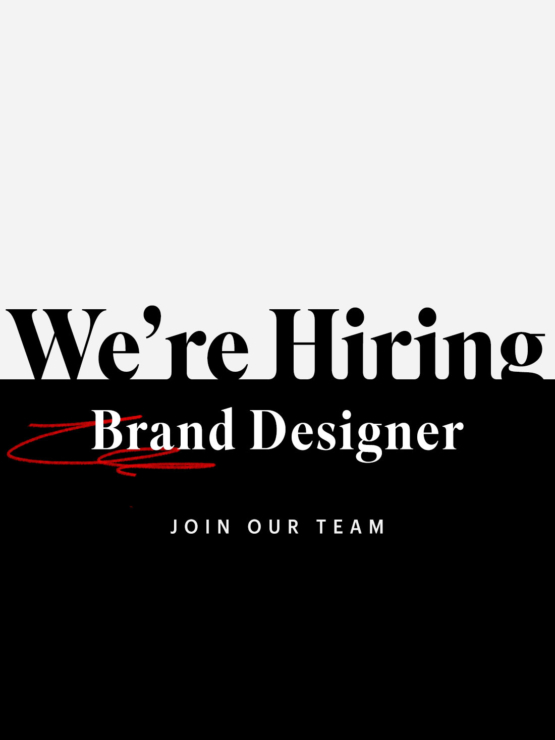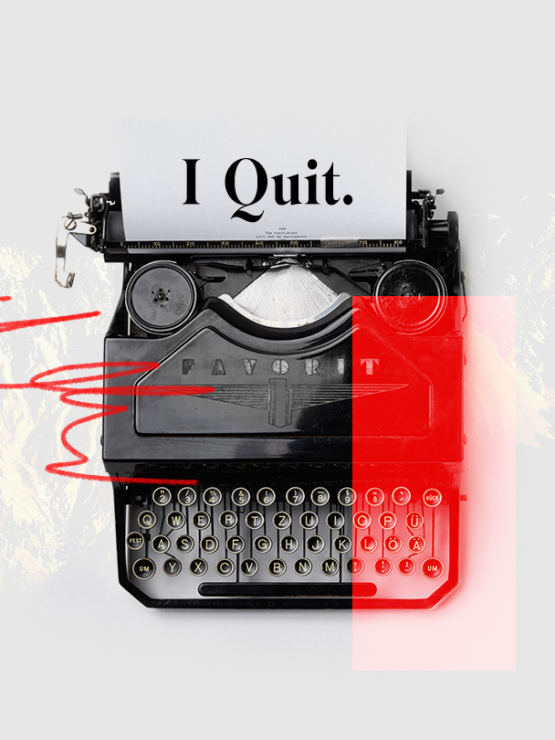When [whitepenny] first began rolling out logos about 10 years ago, we had a far different tack than we do now. We subscribed to more of a traditional “toss a bunch of things against the wall and see what sticks” approach. We would present at least 10-12 logos (go absolutely looney in the process of making them), and then let the client pick. Knowing that something was wrong with that approach, we changed our process into its far more serious alternative: we would weed our own garden and present one “great” logo (accompanied by a hard-sell of why it’s great). Both approaches are fundamentally flawed because neither recognize the layers of complexity involved in getting someone to buy-into (and ultimately love) a new logo.
Thankfully our process has found its way to a place that we think works for all parties – very much a hybrid of our former two selves. But more important than the manner in which we present logos are the conversations leading up to and during that release. Those conversations are based on one very simple, and often overlooked, understanding: when it comes to creating a new logo, very few people have ever been through the process before. Life gets easier when you know that fact because you can begin to add procedure to a process that is typically all about emotion.
Should you find yourself entering into a logo design process, we would submit the following as a rubric of sorts:
1. Hire (and trust) a professional
Trivial as this may sound, it’s worth stating the obvious. Logo design is incredibly challenging, and it’s important to hire someone who knows what she’s doing (this needs to be an actual designer, not just your nephew who recently picked up a copy of Adobe Illustrator). Before you engage, though, check out her work and approach. While you’ll always be the driver in this partnership, you’re entrusting her to navigate. It’s crucial that you’re comfortable listening to what she has to say – there are, after all, potholes everywhere.
2. Set goals
It’s important that you and your designer are on the same page before you start, and goals are a great way to do this. Develop a set of language that you’ll use to describe the final mark (bold, approachable, industrial), and find examples that you can use to illustrate what you mean by those words. If there is any one piece of advice we can offer, it would be to ignore the tendency to say “I’ll know it when I see it.” Everyone is in a far better position if you have a clear direction before you even start the design process.
3. Give your designer good ingredients
Great logos have a story to them – not an illustrated story (see point #4) but solid roots that align with the core of your business. Whatever it is you’re about (speed, green, or innovation), it’s immensely helpful if you can articulate those traits to a designer. Logo design is far from being simply an aesthetic exercise; it’s more a task in distilling a message down to one central theme and then building an emotional response around that message.
4. Avoid storytelling
It’s not the job of a logo to tell the story of what you do. You’ve probably come across one of these gems in your travels (where an intricate logo depicts a guy loading packages onto a truck). That’s not a logo, that’s a drawing. Logos are far more charged than that (see our recent post on what logos do) and live in the emotional / macro space. In addition to the word logo, think about your visual identity as a “mark.” We’ve found it’s a nice way to help keep the emphasis on the iconic nature of what a logo actually should be.
5. Separate your preferences from the company’s preferences
Is it important that you like your logo? Of course. Is it important that your logo reflects your personal style and sensibilities? Not at all (that is unless your personal style is an integral part of the business). It’s good to make the distinction going into this process between you and your brand. In a logo conversation, the goal is to make an effective mark for your company – one that appropriately positions you in the marketplace. The reality of doing this may require a logo that is either more progressive or more conservative than your own personal preferences. That’s OK. After all, while a logo represents your company, it’s really meant to speak to a particular audience. As long as it resonates with them, you have yourself a winner.
6. Understand color theory (at least a little)
In a process that is oftentimes difficult to quantify, color is a very concrete aspect of logo design with plenty of solid theory behind it. As you’re developing goals and identifying company attributes, you can also begin to think about the colors that deliver those traits. Try it right now – if you were attempting to capitalize on being forward-thinking, energetic, and nimble, what color would you choose? How about for safe, comforting, and conscientious? My money would be on orange for the first and blue for the second. That’s not an accident – those colors tell a story.
7. Give it time
Logo design is very much like the negotiation process of buying a house. You never begin your house-purchase by saying “this is my best and final offer, take it or leave it.” You start somewhere, they start somewhere, and you slowly walk toward an endpoint. Introducing a new logo is a big deal – it’s a new face for your company (and it’s most likely a radical departure from what you’ve been using). We never expect people to fall in love over night, and we are strong advocates of the “take some time to sit with this” philosophy.
8. Context Matters
The logo presentation process is slightly flawed because it sets up a situation that will never exist again: where a logo stands alone on a white sheet of paper. That’s a lot of pressure for a logo. We always recommend getting your logo into some context while you’re in the initial stages – on a business card, on the top of your website, etc. Logos never exist in a vacuum, so it’s important to understand the relevance of their accompanying brand elements.
9. How to ask for feedback
At our initial release of a logo, we always mention the feedback process and offer one piece of advice: it matters how you ask the question. We completely understand that you want input from people you trust (I’m the same way), but it’s incredibly important to understand the human-nature aspect of asking for feedback. If you say, “what do you think of this?,” your responder will automatically feel the need to offer something constructive (which oftentimes means something they don’t like). However, if you ask, “what adjectives would you use to describe this logo?,” you’ll probably get a response that is much more valuable to you – in how it either affirms the logo or informs potential next steps.
Should you be interested in a more lengthy conversation about the feedback process, check out this post.
Here’s a recap of our “how to” posts so far:
Branding, Identity, and How to Begin
Elevators and Byproducts
What does a logo do
We’ll keep you updated as new posts come out – follow us on twitter: @whitepenny]]>




